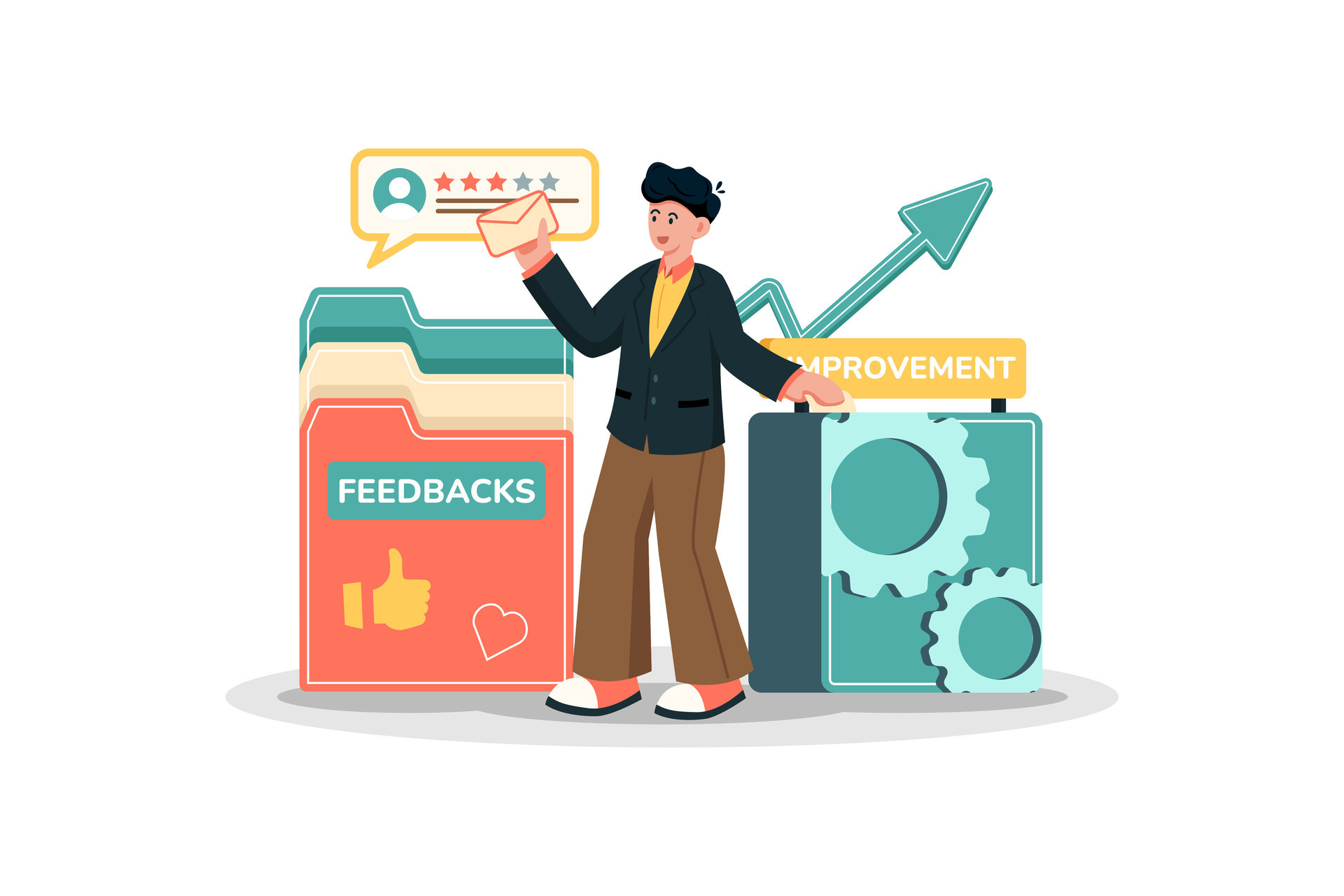In today’s fast-paced market, staying competitive requires more than just delivering quality services; it demands a deep understanding and application of customer feedback to enhance offerings.
This post delves into the strategic advantage of leveraging client assessments to refine and tailor services, ultimately fostering a business environment that not only meets but exceeds customer expectations.
Understanding the Value of Client Insights
To remain competitive, businesses need to listen actively to their customers. This involves more than merely collecting feedback; it requires analyzing and understanding the data to identify areas for improvement.
By embracing this approach, companies can detect both overt and subtle patterns in customer behavior and preferences, which can guide strategic decisions. Such insights are invaluable in adapting services to better serve client needs.
Incorporating feedback effectively leads to enhanced customer satisfaction, loyalty, and ultimately, retention. This cycle of listening and modifying offerings not only attracts more clientele but also establishes a firm as a leader in customer-centric innovation.
However, the process of integrating client feedback must be ongoing and systemic to continually hone and perfect service delivery.
Gathering Meaningful Feedback
Collecting customer feedback is a nuanced process involving various methodologies, each offering unique insights. Surveys, feedback forms, social media interactions, and direct customer interactions are a few examples.
Utilizing technology to automate and streamline the collection process can yield higher response rates and more honest feedback. Additionally, ensuring anonymity can further encourage candidness among respondents.
Nevertheless, the key is not just to gather feedback but to do so in a way that is structured and targeted, ensuring the data collected is actionable and relevant.
Turning Feedback into Action
Once feedback is collected, the next step is analysis. This requires a detailed review to identify common trends, concerns, and suggestions. Utilizing analytical tools can simplify this process, allowing businesses to focus on making informed changes.
Creating a task force or a dedicated team responsible for implementing feedback can ensure changes are not just made but are aligned with the overall strategic vision of the company.
It’s also crucial to communicate back to customers about how their feedback is being used. This transparency builds trust and shows a genuine commitment to improvement, further solidifying the customer-business relationship.
Taking action based on customer feedback often results in service adjustments, new feature implementation, or even entirely new services designed to meet previously unaddressed needs.
By transforming feedback into tangible improvements, businesses can significantly enhance their competitive edge.
Monitoring Changes and Continuous Improvement
Improving service based on client feedback is not a one-time effort but a continuous cycle of enhancement. Regularly monitoring the impact of changes is essential to understand their effectiveness.
Measuring customer satisfaction through follow-up surveys or other metrics can provide insights into whether the adjustments are meeting customer expectations.
The feedback loop should be ongoing, with businesses constantly seeking out and being receptive to customer opinions. This mindset fosters an agile and responsive business model that can quickly adapt to market changes and customer needs.
This approach guarantees that a company not only keeps up with demand but is also proactive in its efforts to innovate and elevate service standards.
Nurturing a Customer-Centric Culture
Ultimately, leveraging customer feedback to enhance service necessitates fostering a culture that values and acts upon client insights. This involves empowering employees at all levels to listen to, understand, and advocate for the customer.
Training and development programs focused on customer service excellence can reinforce this commitment, ensuring every team member is aligned with the company’s client-centric values.
Leadership plays a pivotal role in setting the tone, demonstrating through actions and decisions the importance of customer feedback in driving the company’s direction.
When a business truly adopts a customer-first approach, every decision, product, and service is designed with the client’s needs and preferences at the forefront, ensuring long-term competitiveness and success.
Embracing Technology for a Competitive Edge
Incorporating advanced technologies to facilitate the collection, analysis, and implementation of customer feedback is crucial for maintaining a competitive edge.
From customer relationship management (CRM) systems to artificial intelligence (AI) tools that predict customer preferences, technology can significantly streamline the feedback loop and enhance service offerings.
Moreover, leveraging digital platforms for direct engagement with customers can also provide more immediate and personal feedback channels, fostering a closer connection with the clientele.
By harnessing the power of technology, companies can more efficiently and effectively respond to customer needs, ensuring they stay ahead in the competitive marketplace.
Conclusion
Utilizing customer feedback to refine services is indispensable for businesses aiming to maintain a competitive stance in today’s market. It involves a cyclical process of collection, analysis, and implementation that, when done effectively, can dramatically enhance customer satisfaction and loyalty.
By adopting a customer-centric culture, continuously seeking and applying feedback, and leveraging technology, companies can ensure their services not only meet but exceed client expectations, securing their competitive position.


